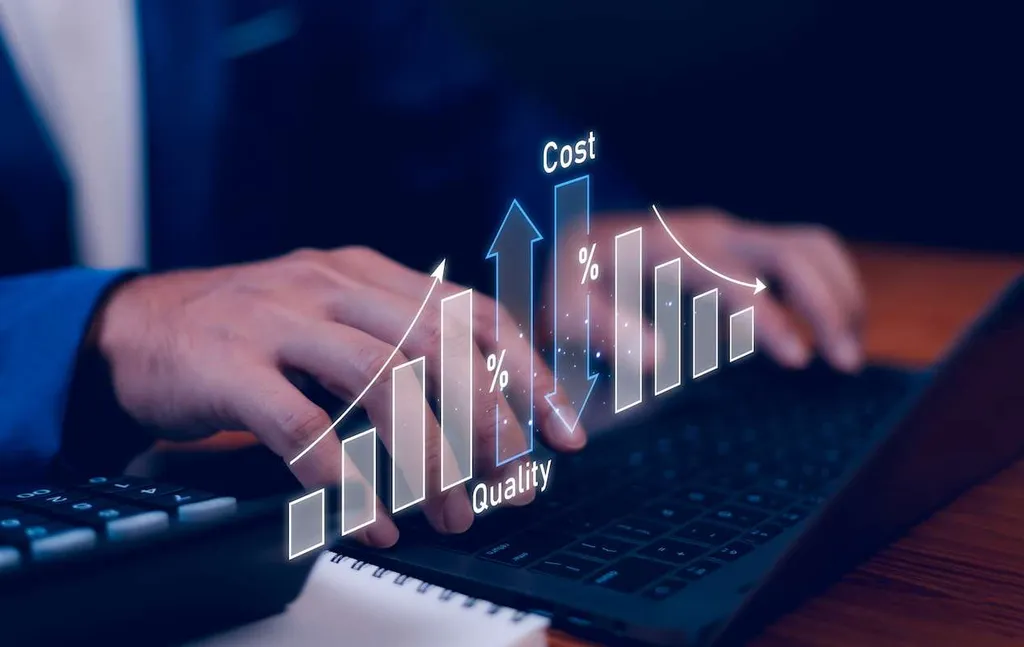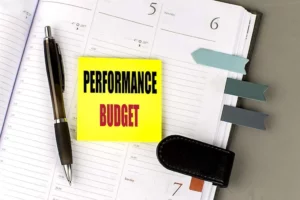Every dollar your business spends should serve a purpose. Yet, many companies lose money through inefficiencies, outdated processes, and unnecessary expenses. That is why you should master cost control to make smarter financial decisions that fuel long-term growth. When done right, it helps businesses maximize profits, maintain agility in changing circumstances, and invest in what truly matters.
In this guide, we’ll explain primary principles of spending management and time-tested techniques for their reduction in cost accounting and highlight possible hidden expenses that are silently draining your finances.
What is Cost Control?
Understanding the cost control and reduction definitions helps organizations optimize processes to achieve sustainable results. Let’s study them in detail.
Cost control is a practice of regular tracking, estimating, and lowering expenses without jeopardizing quality or productivity. It includes defining budget limits, tracking expenditures, and identifying inefficiencies to optimize financial performance.
Unlike cost-cutting, which implies specific steps to reduce spendings that without thorough analysis may harm business operations, cost control is a strategic effort to boost profitability while maintaining operational excellence. By implementing specific measures, ventures ensure that every dollar spent contributes to long-term value creation and stability.
Principles of Cost Control
Businesses need to set specific, measurable financial goals to guide their expense management practices. These objectives should align with overall strategies and develop a framework for budgeting, expenditures tracking, and cash flow forecasting.
To effectively manage spending, you have to adhere to fundamental cost controlling principles:
Cost identification
Understanding where money is being spent is the initial step in expense control. Categorize and analyze all expenses, dividing them into fixed and variable categories. Fixed costs, like depreciation, rent, or salaries, are unchanged, while variable costs fluctuate based on production levels, sales, or seasonality. Additionally, it is necessary to estimate discretionary expenses to identify non-essential spending. Conducting regular checks ensures all financial outflows are accounted for, which helps organizations pinpoint cost-saving opportunities.
Preventive measures
To prevent unnecessary expenditures, you should implement proactive measures rather than reacting to financial issues after they arise. Such measures include the following:
- Negotiating favorable supplier contracts;
- Adopting cost-efficient procurement practices;
- Setting strict budget limits for each team or department.
By offering early payment discounts to vendors, ventures reduce procurement costs and strengthen partnerships.
Continuous monitoring
Ongoing cost monitoring ensures that expenses are under control and match previously established financial plans. Consider implementing real-time tracking systems to analyze financial data and detect deviations from the budget. KPIs, such as cost per unit, profit margins, and cash flow trends, provide valuable insights into spending efficiency. Integrating variance analysis with Earned Value Management (EVM) strengthens project cost control by providing instant insights into financial and operational efficiency.
Regular financial reviews, powered with automated alerts for budget overruns, allow you to address potential issues before they escalate. Continuous monitoring fosters a disciplined approach to financial management and enables companies to control costs and make decisions that boost net income.
Streamlining business operations
Delays and redundancies in the internal processes lead to unnecessary spending. By improving budgeting processes and eliminating non-value-adding tasks, firms significantly lower expenditures while improving productivity. Lean management techniques help identify bottlenecks. Additionally, you can exploit automation tools to replace manual processes and minimize errors. Streamlining operations in such a way allows us to lower expenses and improve service delivery and customer satisfaction.
Techniques for Reducing Business Expenses
Following cost control strategies requires businesses to adopt practical techniques that cut expenditures:
- Automating Workflows: Automation minimizes reliance on manual labor, improves accuracy, and accelerates workflows. Small businesses and even startups can automate invoicing, payroll processing, and customer service through AI-fueled chatbots, specific accounting software, and various workflow automation tools.
- Outsourcing: This approach enables firms to access deep expertise without the overhead costs associated with full-time employees. IT support, marketing, and customer service can be easily outsourced to external agencies, reducing expenses while ensuring high-quality service delivery. Also, you can try accounts payable outsourcing to streamline invoice processing, reduce administrative costs, and improve vendor relationships.
- Implementing Energy Efficiency Measures: Lowering energy consumption cuts utility expenditures and contributes to sustainability efforts. It is critical to invest in energy-efficient lighting, smart thermostats, and equipment upgrades to cut long-term operational costs.
Moreover, maintaining large office spaces is expensive. Shifting to remote systems or adopting a hybrid model reduces costs associated with office rent, utilities, and supplies while enhancing workforce flexibility.
Hidden Costs: The Silent Profit Killers
Many businesses focus on direct expenses but fail to recognize hidden costs that quietly drain profits. They may not be immediately apparent but can significantly worsen financial performance over time. They include the following:
- High Employee Turnover: Uncontrolled staff turnover leads to extra recruitment and training efforts and productivity losses. In contrast, investing in employee retention strategies reduces hiring costs and maintains operational stability.
- Poor Financial Management: Delayed invoicing, excessive late fees, and poor cash flow management contribute to financial strain. Implementing automated financial tracking tools will prevent these issues.
- Compliance and Regulatory Fines: Failing to adhere to industry regulations will lead to penalties and legal fines. Regular internal audits allow you to stay compliant and avoid unexpected expenses.
- Supply Chain Inefficiencies: Delays, poor vendor contracts, and excessive inventory storage costs can erode profitability. Businesses that fail to negotiate supplier agreements or miss out on early payment discounts pay more than necessary. Implementing better inventory management and renegotiating supplier terms can optimize supply chain efficiency.
One more category of such hidden costs is unoptimized software licenses, because many businesses pay for unused or redundant software subscriptions. Regularly check memberships and choose group access instead of individual tariffs to save your budget.
The Role of Technology in Cost Control
Technology is a helper in controlling costs. Cloud computing, for example, allows companies to reduce IT infrastructure expenses by eliminating the need for costly on-premise servers. Cloud-based software also enables seamless remote collaboration, cutting down expenses related to office space and on-site equipment.
AI-driven analytics provide real-time insights into financial data for spending optimization, identifying inefficiencies, and forecasting future expenses with greater accuracy.
As we have already discussed, automation plays a critical role in cost control by streamlining repetitive tasks, reducing labor costs, and minimizing human errors. From automated invoicing and payroll systems to AI-powered chatbots handling customer inquiries, you can significantly lower administrative overhead while improving service quality. Digital payment solutions and financial management software also enhance cash flow management, ensuring timely transactions and reducing late fees. By integrating these technologies, companies might achieve sustainable cost reductions while maintaining high productivity and customer satisfaction.
Conclusion
Every business, regardless of size or industry, operates within financial constraints. The difference between thriving and struggling enterprises often comes down to how well they manage expenditures. Cost control is essential if you seek long-term profitability and financial resilience.
By implementing structured project cost management practices, companies can optimize spending, reduce waste, and invest in growth-driving initiatives. Leveraging modern technology solutions and long-term financial planning ensures your company remains agile and competitive in an ever-evolving market. Successful cost control is about making smarter, more reasonable financial decisions that strengthen the business from the inside out.
Whether through better procurement strategies or financial planning, taking control of expenses leads to higher profitability and long-term sustainability. To take the guesswork out of spend management, businesses can partner with BooksTime for expert financial services that drive efficiency and growth.


















